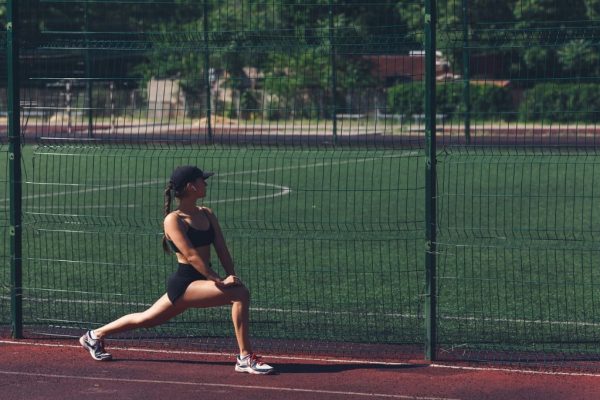A glute strain can be a painful experience, especially if you’re an athlete or fitness enthusiast. It occurs when you overwork or overstretch the gluteal muscles, which can result in pain, tenderness, and difficulty moving your hip. But what happens when you rest? Do the symptoms subside, or is the pain still present? In this blog post, we’ll take a closer look at glute strain and whether it hurts when resting.
Understanding Glute Strain
Before discussing whether a glute strain hurts when resting, it’s important to understand what it is. A glute strain refers to the overstretching or tearing of the gluteal muscles, which are located in the buttocks. It commonly occurs due to activities that involve repetitive movements of the hip, such as running, jumping, or weight lifting. Symptoms of a glute strain include pain, tenderness, stiffness, and weakness in the affected area.
Pain When Resting
Unfortunately, the pain and discomfort associated with a glute strain can persist even when you’re at rest. This is because the injury disrupts the normal functioning of the gluteal muscles, affecting their ability to support your body weight and move your hip. When you’re resting, you may experience a dull ache or throbbing pain in the affected area, which can interfere with your sleep and daily activities.
Rest is Crucial for Recovery
Despite the pain, rest is crucial for the recovery of a glute strain. It allows the injured tissue to heal and regenerate, reducing inflammation and promoting new tissue growth. However, it’s important to note that rest doesn’t mean complete inactivity. Gentle stretching, walking, and low-impact exercises can help improve blood flow to the affected area and prevent muscle stiffness.
Seeking Treatment
If you’re experiencing persistent pain from a glute strain, seeking treatment from a physiotherapist or chiropractor can help. They can assess the severity of the injury, develop a personalized treatment plan, and provide advice on how to manage the pain and speed up the recovery process. Treatment may involve a combination of manual treatment, exercises, and modalities such as heat or cold treatment.
Prevention is Key
To prevent a glute strain from occurring in the first place, it’s important to take steps to reduce your risk of injury. This includes warming up properly before exercise, using proper form and technique, and gradually increasing the intensity and duration of your workouts. You should also listen to your body and avoid pushing yourself too hard when you’re tired or fatigued.
In conclusion, a glute strain can indeed hurt when resting. However, rest is crucial for recovery and should be incorporated into your treatment plan. Seeking treatment from a physiotherapist or chiropractor can also help manage your symptoms and speed up your recovery. Remember, prevention is key, and taking steps to reduce your risk of injury can help you stay pain-free and healthy.





